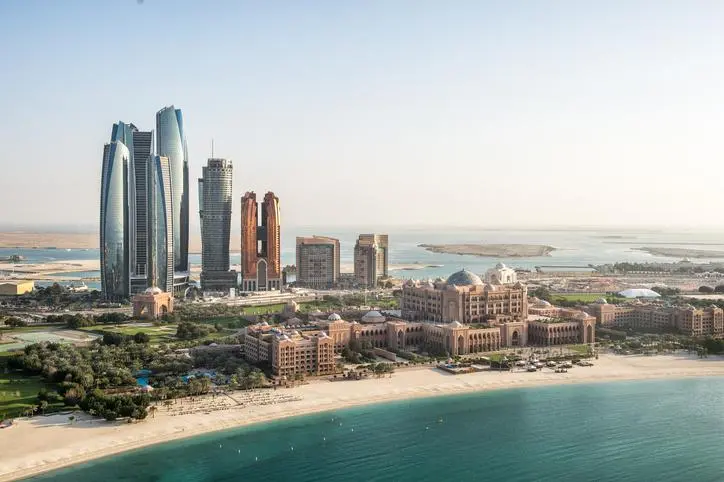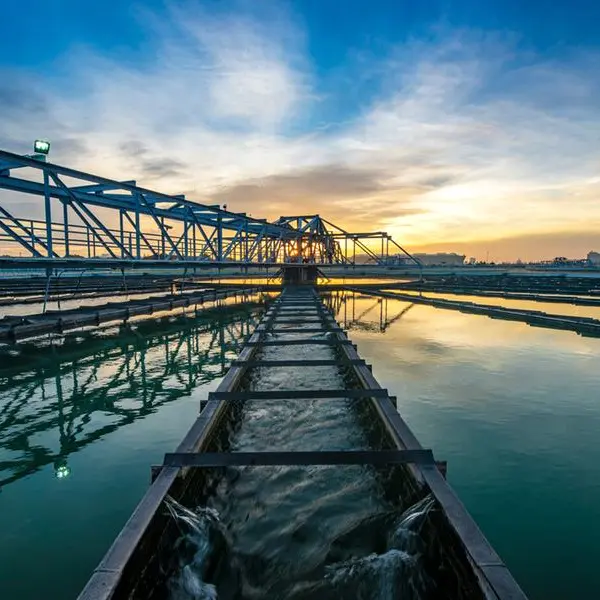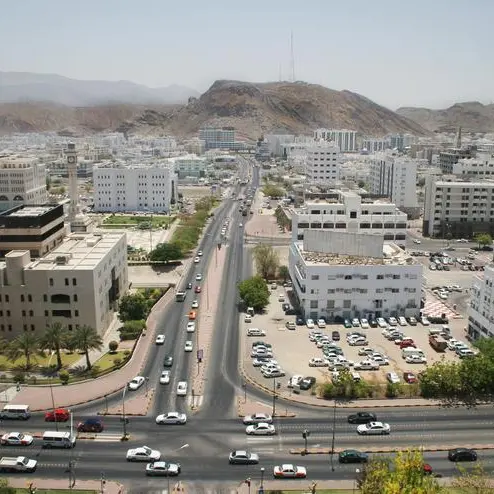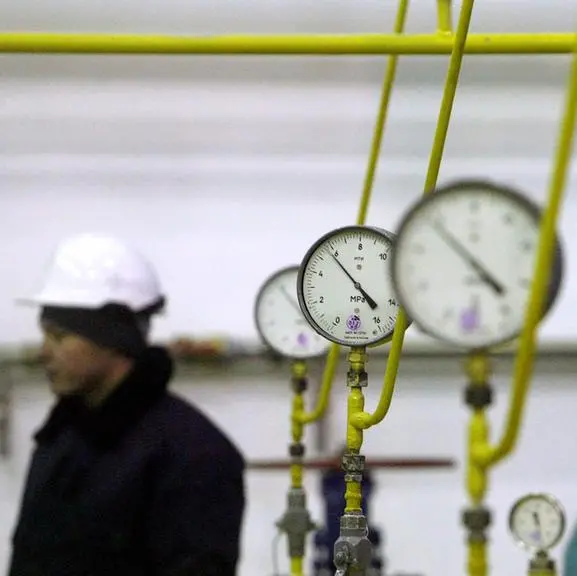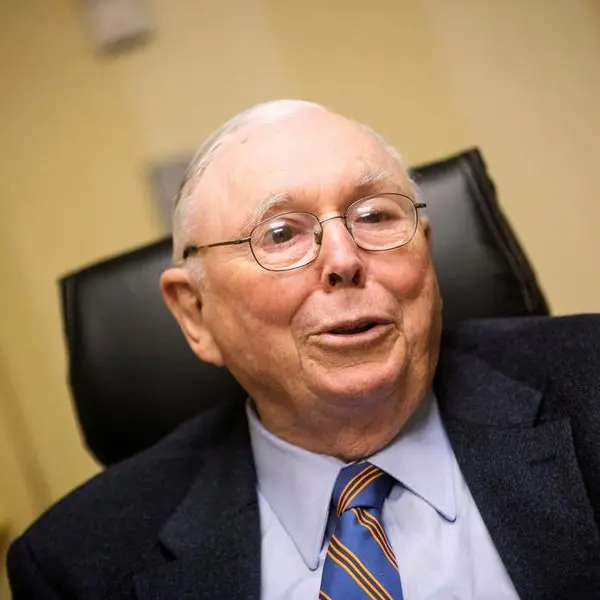PHOTO
Residential units on Abu Dhabi's main island are seeing steady take-up. However, new tenants are not resulting in these positive absorption figures. Rather, this is just a displacement of a portion of the tenant pool from outer areas to central locations, says Core Savills in a report on property market trends in Abu Dhabi.
Areas further away from the city centre, such as Al Reef villas and apartments in Khalifa City A, saw the largest rent declines as tenants preferred to relocate to Abu Dhabi main island to capitalise on falling rents and reduce the commute to the city, the report points out.
"With the tenant pool almost staying the same [in some cases shrinking, such as in the high-income segment], landlords who were not fast to react to the changing market scenario are witnessing higher vacancy levels. In other words, the higher take-up in new and centrally located stock is not largely due to new tenant demand but the result of slower performing districts and inflexible landlords," says David Godchaux, Group CEO of Core Savills.
Districts and developments which were previously inaccessible to tenants, either due to limited product offerings or because of higher entry points, are now becoming accessible to a wider occupier base.
According to Bayut.com, Al Khalidiyah was the most popular area for renting. Rents for one-bedroom apartments in Al Khalidiyah dropped to Dh70,000. Al Reem Island ranked second among the top areas to rent apartments in Abu Dhabi. The average rent for studio apartments in Al Reem Island remained stable at Dh55,000. The only drop in rents was seen in 2-bedroom apartments, where rents decreased from Dh110,000 in January to Dh107,000 in February.
Hamdan Street and Corniche Area were also among the most popular areas to rent apartments in the capital, a Bayut report adds.
In the rental market, villa districts continue to underperform due to a shift in occupier preferences led by contracting housing allowances, with average annual rental declines hovering over 17 per cent. Apartment communities displayed relative resilience at 7 per cent drops, informs the Core report.
"In the villa segment, Khalifa City and Al Reef noticed the steepest decline, with rents falling by 12 per cent and 10 per cent, respectively, in the last 1 year," adds Ozan Demir, Reidin's operations and research director.
Sales market
Abu Dhabi has traditionally been a stronghold for local and GCC buyers, particularly from Saudi Arabia, and they continue to occupy a dominant share - although the total pool of buyers has shrunk.
There is demand for off-plan property sales, where the price is right and competitive payment plans are available. However, the Core report reckons that most off-plan acquisitions are from investors, who continue to be drawn to lower priced products due to the expected high level of yields and easier payment plans.
"However, despite rental migration to these new areas, overall tenant pool growth is expected to be much slower - resulting in yield contraction from the current high levels that many investors falsely expect to continue post hand-over. Eventually, this decline in yields will reduce investor demand, in turn pulling sales prices further down over the mid-term," Godchaux adds.
Abu Dhabi's secondary market is not seeing too much sales activity. Investors who bought at the peak find there's hardly any demand out there. Even if there is, they are unlikely to get the prices they initially bought it for.
"This gap in unrealised expectation vs. market reality is causing the secondary sales market to see long transaction timelines and fewer concluded transactions. The secondary sales market continues to be muted as potential buyers remain on the sidelines waiting for the market to fall further," Godchaux observes.
If they can't sell now, these investors are putting up their homes into the rental pool, thus preferring to become "reluctant landlords" and earn something out their investments.
Around 9,200 new homes are scheduled for delivery this year, but given how completions have fared in recent years, the actual number could be "less than 5,000 units", estimates Core Savills. An estimated 60 per cent of upcoming supply in the next 3 years will be on Reem and Yas Islands.
However, the Abu Dhabi property market is seeing an improvement in sentiment. "Despite the oversupply concerns and ongoing dampened economic sentiment, many regional buyers continue having faith in the long-term prospects of the city. This is fundamentally driven by the fact that Abu Dhabi is comfortable with hydrocarbon reserves to fuel its future growth while government measures towards diversification are starting to bear fruit," Godchaux concludes.
Copyright © 2018 Khaleej Times. All Rights Reserved. Provided by SyndiGate Media Inc. (Syndigate.info).
